Sermathang is a large village located northeast of Kathmandu. It’s a great location for weekend visits as it takes less than 4 hours to drive from Kathmandu, and it offers gorgeous Himalayan views. Many people visit as part of the Helambu Trek which is a cultural trek offering a look into Tibetan Buddhism and the Yolmo/Hyolmo people of Nepal. In the areas surrounding Sermathang, you can find many places of religious importance as Guru Rinpoche once walked these trails himself, meditating along the way.
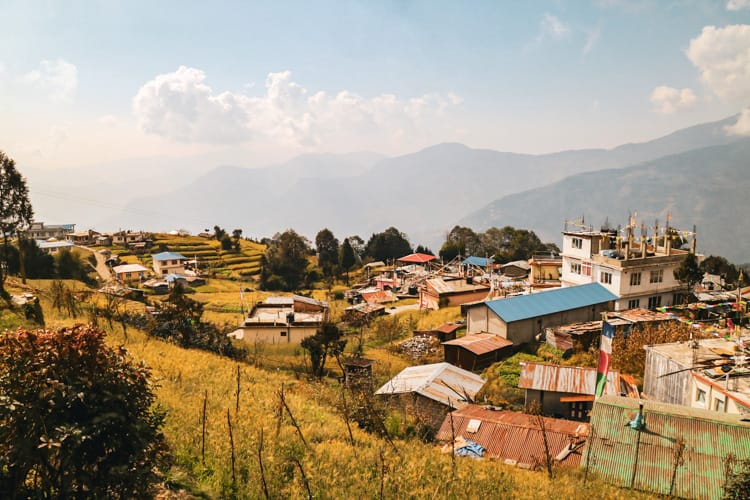
Brief History of Sermathang, Nepal
According to the Nepal Tourism Board, “Sermathang, Tarkeghyang, and Melamchighyang are the largest and oldest cultural villages inhabited by the Hyolmo/Yolmo community, a culturally rich ethnic group in this (Langtang) conservation area.”
In the 2011 census, just under 11,000 Hyolmo/Yolmo people lived in the Helambu area. The Hyolmo/Yolmo are considered one of the 59 distinct indigenous groups recognized by the Government of Nepal for having a distinct cultural identity including their own language and cultural traditions.
Sermathang is also known for being a pilgrimage site among Tibetan Buddhists who choose to follow in the footsteps of Guru Rinpoche (the founder of Tibetan Buddhism). He’s been said to have walked through the area and the spaces he meditated in are often considered holy by his followers. Some believe that meditating in these sacred spaces will help them to reach enlightenment quicker.
If you’re interested in learning more about the Hyolmo/Yolmo people and Tibetan Buddhism in the area, I’d recommend checking out Guide to the Hidden Land of the Yolmo Snow Enclosure and its History which also mentions the holy sites in the area.
Sermathang Village Guide
Major Ethnicity:
Yolmo/Hyolmo
Major Religion:
Buddhism
Language:
Nepali and Yolmo/Hyolmo
Sermathang Altitude:
2,670 m (8,760 feet)
Oxygen Concentration:
73% compared to 100% at sea level
Sermathang Population:
Approximately 200 people live in Sermathang according to locals.
Best Time of Year to Visit:
It’s best to visit in the peak season around October or November as the skies are clear offering great views. It’s also nice to visit in March and April when the flowers are in bloom.
Wild Animals in the Region:
Animals in the Langtang National Park region include musk deer, Himalayan tahr (looks like a large mountain goat), red pandas, Himalayan black bears, snow leopards, ghoral (looks like a small goat/deer), mountain mice, gray langur monkeys, and over 250 different bird species.
Location:
Sermathang is a 3.5 to 4 hour drive from Kathmandu along a winding road. If you leave in the morning, you should be there by lunch time depending on traffic. The village is located northeast of Kathmandu and sits on the border of Langtang National Park.
Entry Permit:
Sermathang requires a Langtang National Park Permit which costs 3,000 rupees. This permit can be purchased in advance at the Nepal Tourism Board office in Kathmandu.
NTC or Ncell service:
NTC and NCell both have service in Sermathang.
What to Eat in Sermathang
Most villages in Nepal recommend you try the local dal bhat (rice, dal, and curries) which varies from region to region. In Sermathang, they also recommend trying the potato curry, champa (porridge), raksi (local alcohol), and Tibetan tea (tea with butter added).
Things to do in Sermathang
Most people visit Sermathang while trekking or to get away from the city and relax. From the top of Sermathang, you can see the Himalaya mountain range. This is a 30 minute day hike from the main village. You can also visit the Buddha statue on the edge of town or one of the many Buddhist stupas leading up to the village. There’s also the old monastery which was destroyed in the earthquake and the new monastery which has recently been built.
Sermathang Lodges & Teahouses
Types of accommodation:
Lodges, hotels, and homestays are available.
Number of accommodations:
There are approximately 30 places to stay, two of which are proper hotels.
Our choice:
Yangrima Eco Lodge – We decided to stay here on the recommendation of friends. The lodge is made from hemp which is cool to see. They have really nice rooms which are well decorated. The only problem we had was that the solar showers were broken, so there was no hot water. We had been trekking for over a week and were looking forward to getting cleaned up, so that was a bit of a disappointment. On the other hand, there was some kind of miscommunication and they thought one of us was a Prime Minister. We all had a good laugh over this and we still don’t know how they got the idea, but we were treated to a nice meal which they had prepared specially for us.
Price of a Room:
1,000 rupees per person for a private room. 700 rupees for a bed in a dorm. For 2,000 rupees per person, you get a package including breakfast, dinner, and a private room. (price in 2023)
Price of Veg Dal Bhat:
700 rupees (price in 2023)
Electricity:
There is electricity, and it’s free to charge devices in the rooms.
Toilet Situation:
The private rooms have an attached bathroom with a western toilet.
Shower:
The private rooms have an attached bathroom with a shower, however there was no hot water available when we went. I recommend calling in advance to ensure you can get hot water.
Wifi:
Wifi is available for free.
Sermathang, Nepal Photography

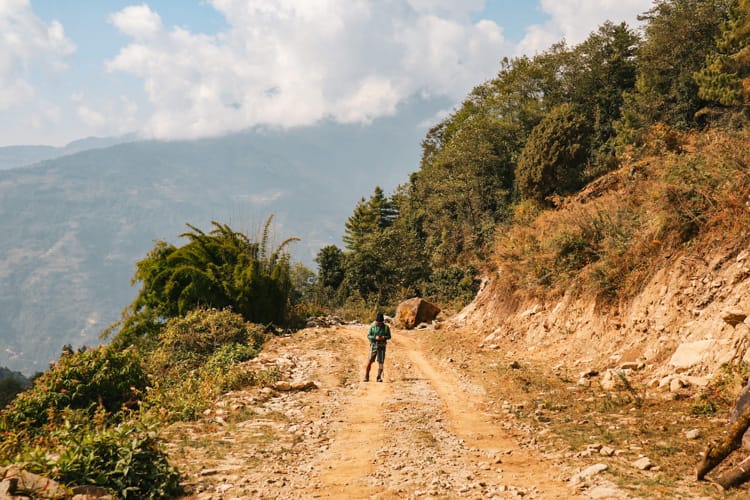
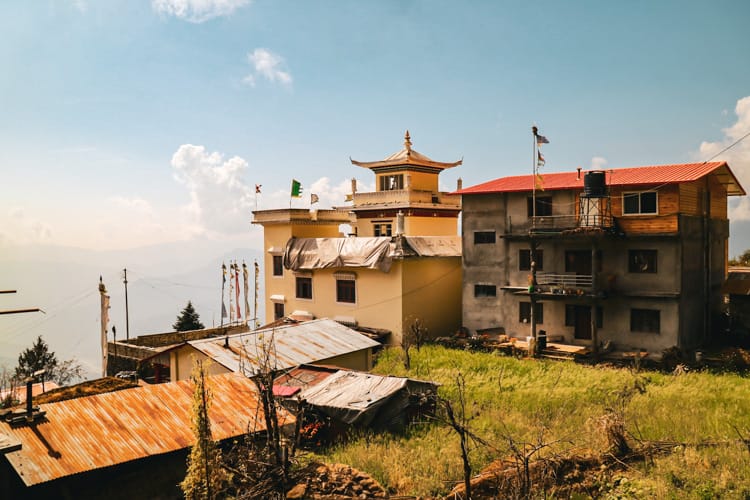
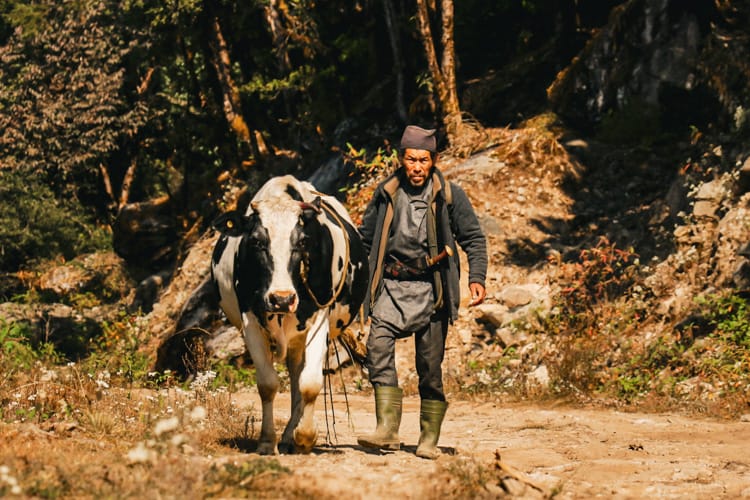
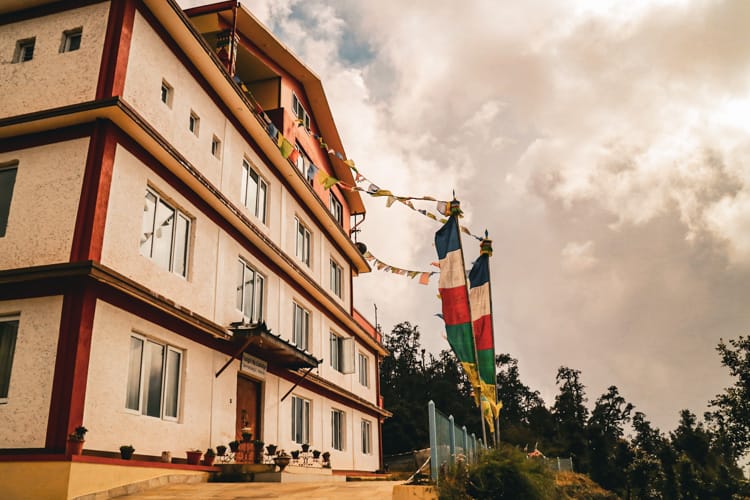
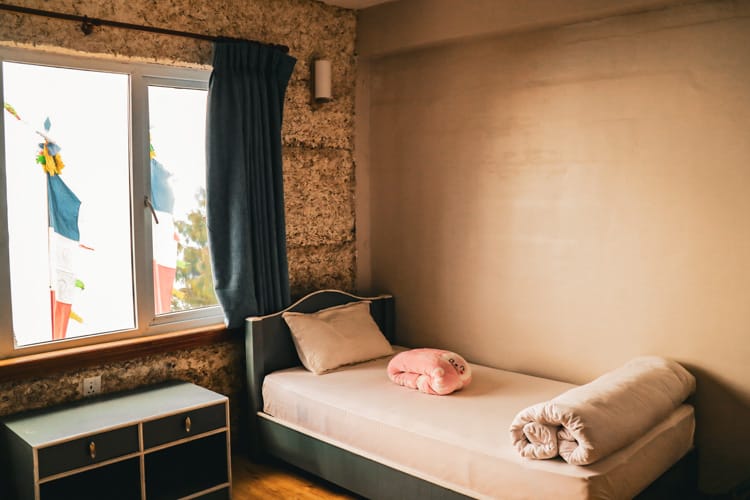
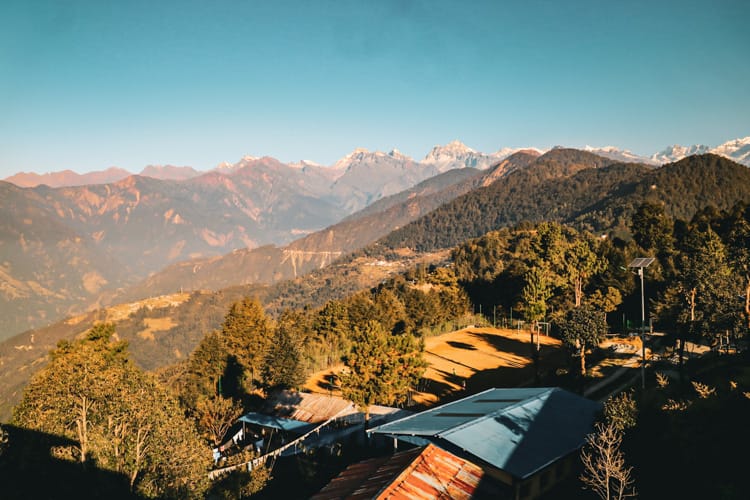
You might also like…

Michelle Della Giovanna
Writer at Full Time Explorer
I’m just your average New Yorker who quit her job in the fashion industry to explore the world. Come find out what it’s like to trade in five-inch heels for squat toilets.
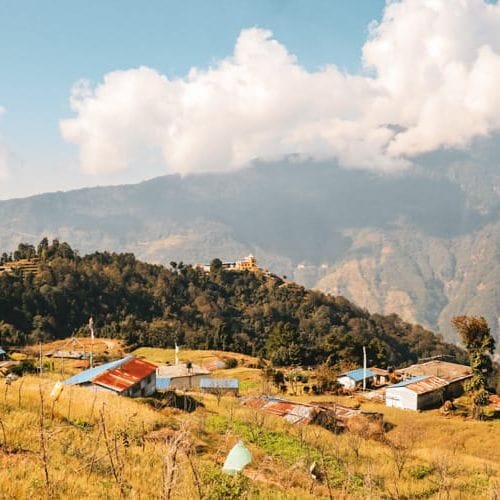
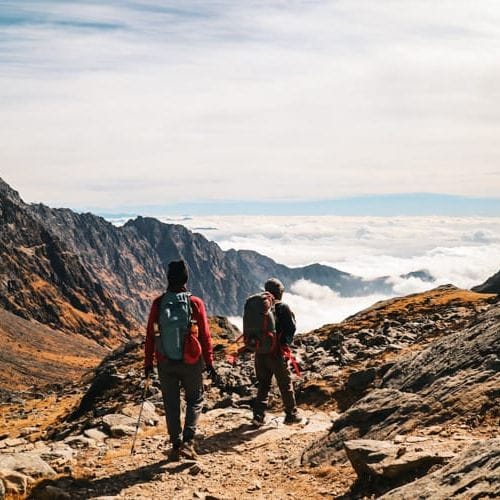
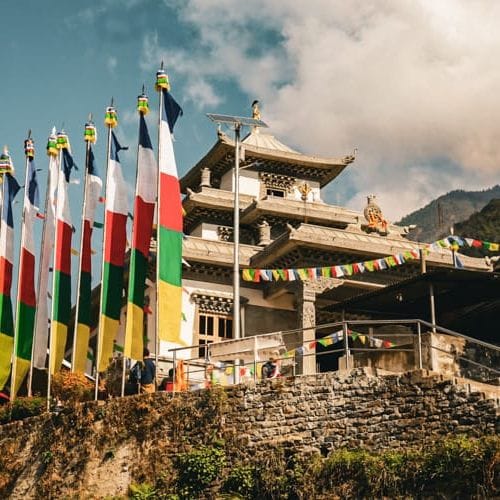
Hello Michelle,
Milan Tamang from Yangrima Eco-Lodge, Sermathang here.
I just stumbled upon your page today and couldn’t help myself from showing my gratitude to you for your appreciation and kind words to outline your brief stay with us.
Our sincere apologies for the unavailability of hot water during your stay with us, and the inconveniences you may have faced.
We’d love to host you again.
Regards,
Thank you Milan! We really enjoyed our stay there and hope to come back again!